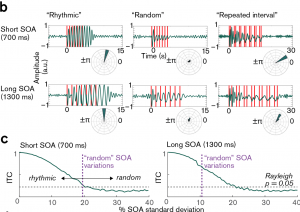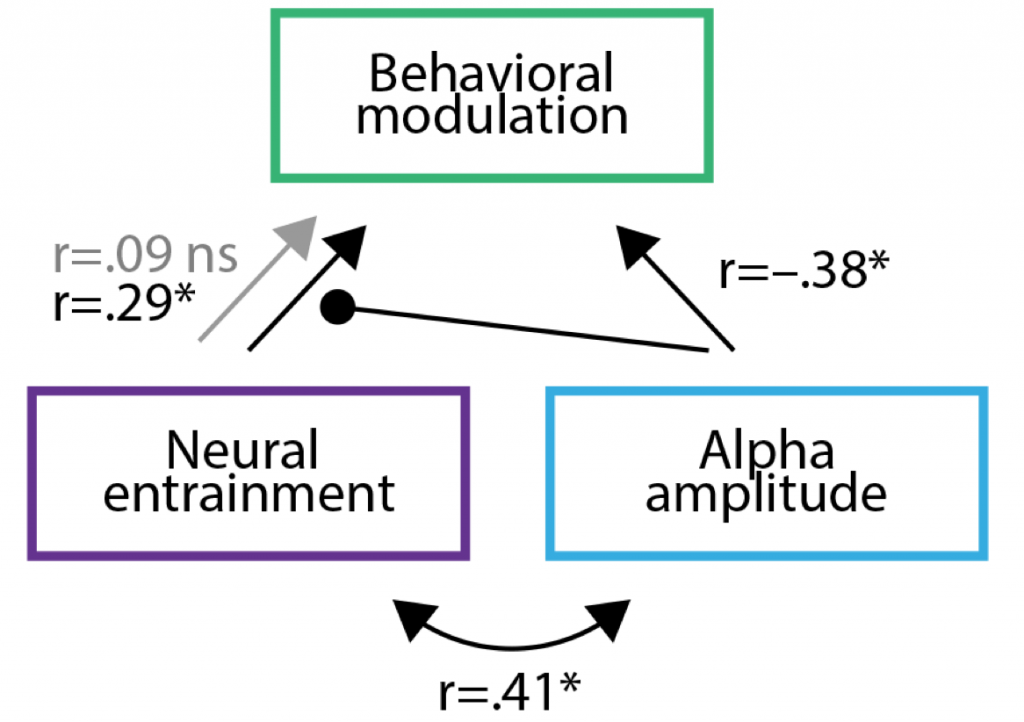What is the mechanistic relevance of neural alpha oscillations (~10 Hz) for perception? To answer this question, we analysed EEG data from a task that required participants to compare the pitch of two tones that were, unbeknownst to participants, identical. Importantly, this task entirely removed potential confounds of varying evidence in the stimulus or varying accuracy. We found that higher prestimulus alpha power correlated with lower confidence in pitch discrimination. These results demonstrate that the relationship of prestimulus alpha power and decision confidence is direct in nature and, that it shows up in the auditory modality similar to what has been shown before in vision and somatosensation. Our findings support the view that lower prestimulus alpha power enhances neural baseline excitability.
The paper is available as preprint here.






